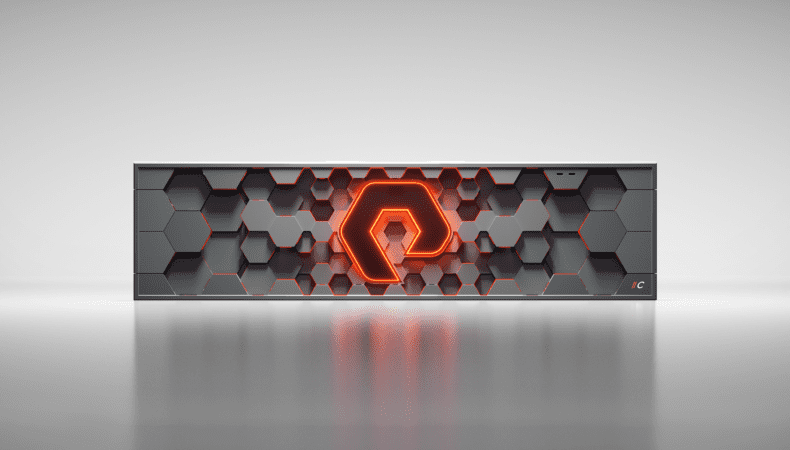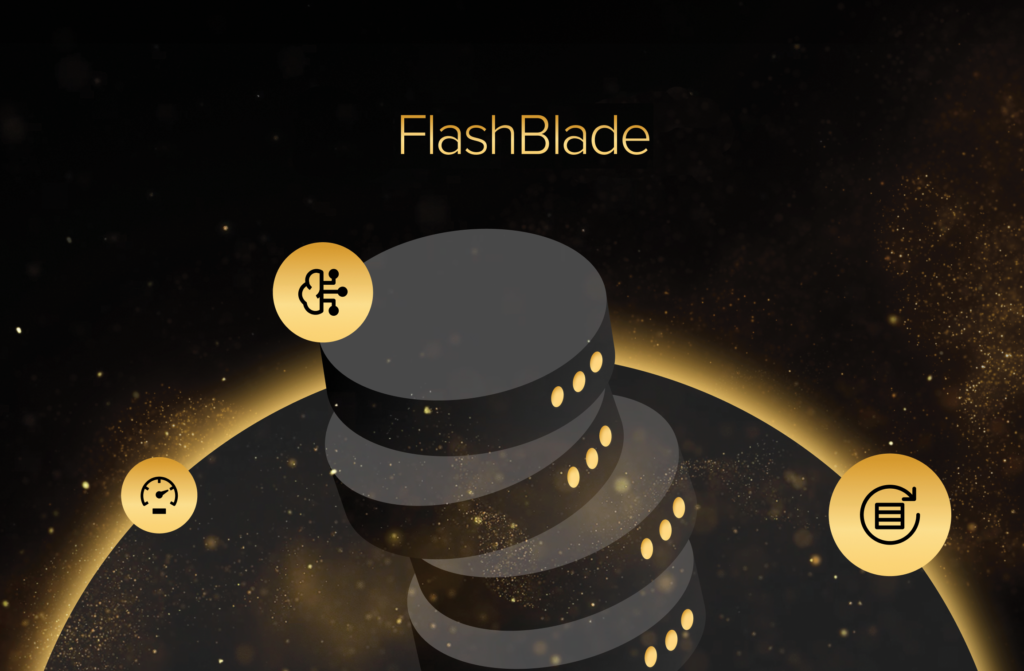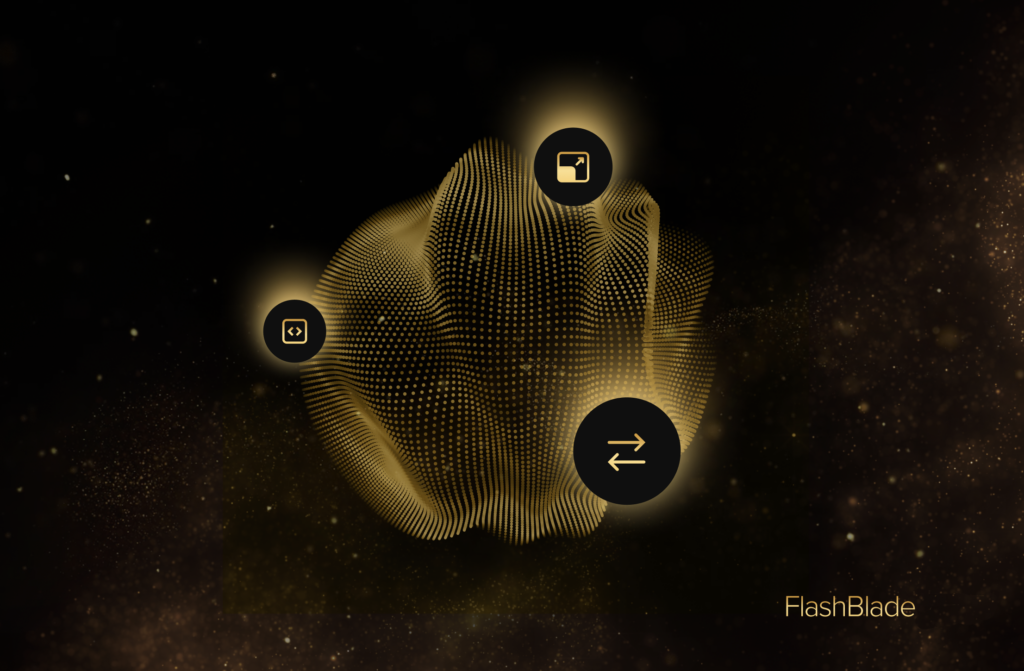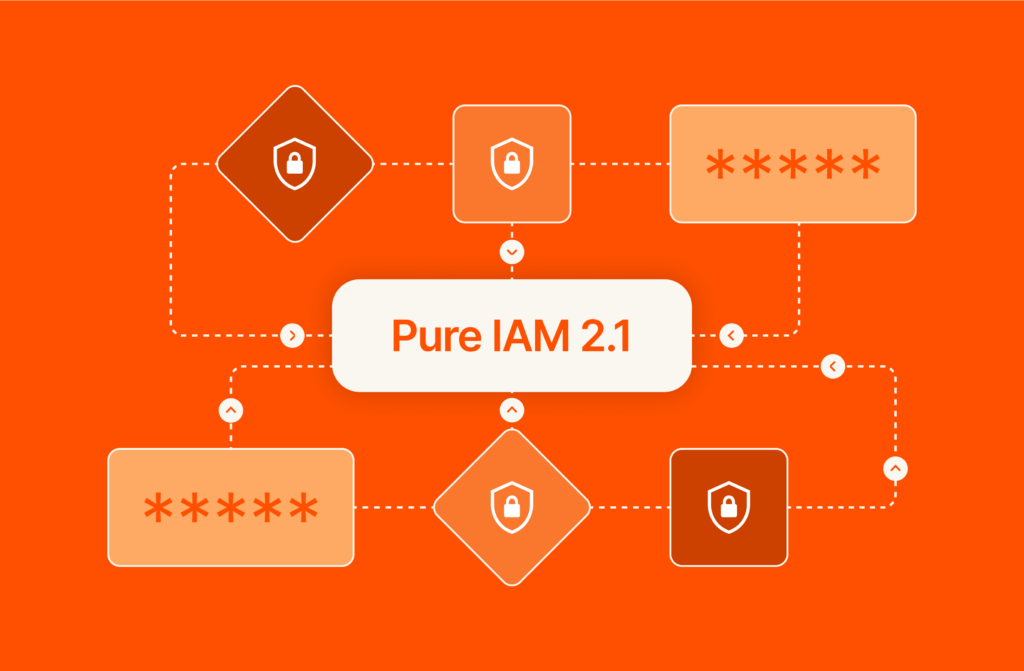In the early days of the flash storage revolution, I worked in marketing for a company that was a leader in hybrid storage technology—systems that merged cheap, high-capacity hard-disk drives with just enough flash to deliver enterprise-grade performance. Those were exciting days. The market was growing rapidly as many organizations found that hybrids provided a great compromise, especially for high-capacity workloads with storage requirements that were uneconomic for all-flash arrays.
Those days are over. Today, with the introduction of FlashArray//C systems using low-cost QLC flash chips, Pure Storage® is delivering high-capacity flash arrays that break a fundamental barrier in enterprise storage—a per-terabyte cost that matches or beats hard-disk drives.
The consensus among storage industry analysts has been that flash storage provides a lower total cost of ownership (TCO) than disk for most workloads. Although, until now, it’s had a higher acquisition cost on a per-terabyte basis. But technology innovation never ceases and a new generation of flash chips is shaking up the economics of solid-state storage.
Why QLC?
It all comes down to how many bits of data can be stored in each tiny little cell on a flash chip. Most enterprise flash arrays currently use triple-level cell (TLC) chips that store three bits in each cell. A newer generation, quad-level cell (QLC) can store—you guessed it—four bits per cell.
Better still, it’s more economical to manufacture QLC flash chips than TLC flash. Sounds great, except for two big problems:
- QLC flash has far lower endurance, typically limited to fewer than 1,000 program/erase cycles. This is one-tenth the endurance of TLC flash.
- QLC flash is less performant, with higher latency and lower throughput than TLC.
Because of these technical challenges, there are only a few QLC-based storage arrays on the market. And the only way those arrays can attain enterprise-grade performance is by overprovisioning (which decreases the amount of usable storage) or by adding a persistent memory tier (which significantly increases cost).
QLC and FlashArray//C
So what has Pure done differently? Crucially, the hardware and software engineers who built QLC support into FlashArray//C built on Pure’s unique vertically integrated architecture. Instead of using flash solid-state drive (SSD) modules like other storage vendors, Pure’s proprietary DirectFlash® modules connect raw flash directly to the FlashArray™ storage via NVMe, which reduces latency and increases throughput. And unlike traditional SSDs that use a flash controller or flash translation layer, DirectFlash is primarily raw flash. The flash translation takes place in the software.
This architecture allows the Purity operating environment to schedule and place data on the storage media with extreme precision, overcoming the technical challenges that have constrained other vendors.
For instance, a common problem with flash storage is “write amplification.” In addition to writing the user’s data, the system performs many additional writes for metadata or routine maintenance, thereby decreasing the drive’s usable life. By controlling data at the cell level (rather than addressing an entire SSD module), Purity significantly reduces write amplification and maximizes drive lifetime.
Comparing QLC Options and Use Cases
If you’re comparing a QLC-based FlashArray//C to the latest generation of hard drives, you’ll discover that the acquisition costs are directly comparable. Once you factor in the fully burdened costs of ownership, FlashArray//C is the clear winner. That’s because TCO calculations include rack space, power, cooling, staffing and operations, and replacement and repair. All-flash storage greatly reduces all of these costs due to its higher data density, lower power consumption, and higher reliability than spinning rust.
From there, it gets even more interesting. First, Purity provides far more advanced data services than any hybrid out there. Having all that data is cool, but having an AI-driven storage OS that automates and simplifies the process of extracting value from that data is much more powerful.
And then there’s the killer app/workload consolidation. In the past, you’d simply distinguish between business-critical “Tier 1” apps and everything else as “Tier 2.” But today, many highly automated data centers run thousands of workloads with little manual intervention, relying on policy-based quality-of-service (QoS) tools to make sure that every user experiences latency and throughput suitable to the task at hand.
A better perspective is that some workloads are performance-sensitive, with varying requirements for low latency and high throughput. Meanwhile others are capacity-oriented, needing to work with very large data sets. For midsize organizations and large enterprises, Pure provides outstanding business value by enabling them to consolidate workloads onto a single storage platform.
Other ideal use cases for capacity-optimized FlashArray//C include DevTest, modern data protection, and disaster recovery. Efficient snapshots and cloning, high-capacity storage economics that are better than hybrid arrays, and flexible RPO/RTO options ensure enterprise all-flash can address all of your enterprise data center needs.
FlashArray//X provides all the power needed by the most demanding performance-oriented workloads, while FlashArray//C provides the capacity for virtually unlimited storage. And because you can control both from a single pane of glass in Purity, your IT team can focus more on innovation and less on routine storage administration.
If any of my former colleagues are still out there trying to market hybrid arrays, please give it up and move on. It really is over this time—the era of the all-flash data center is here.

Free Test Drive
Try FlashArray
Explore our unified block and file storage platform.
Hello QLC!
Get more bang for your buck and your data center with the new QLC-based FlashArray//C.






